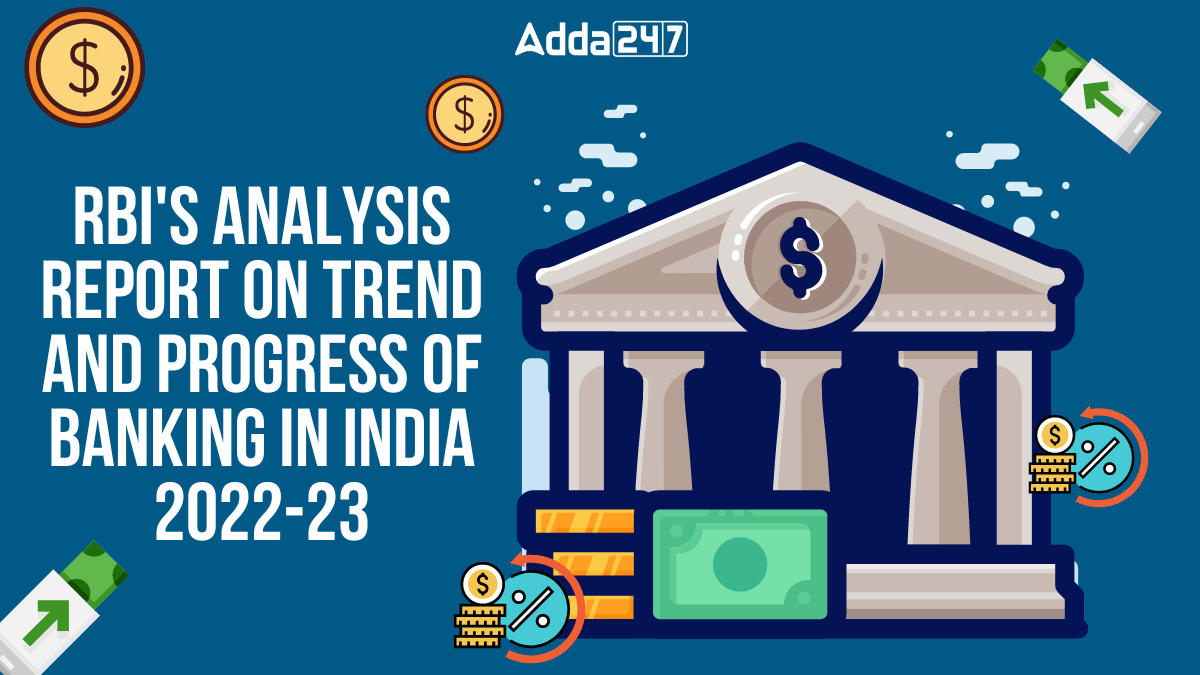The annual performance report of the Indian banking sector, compliant with Section 36(2) of the Banking Regulation Act, 1949, presents a comprehensive analysis of the sector’s achievements and challenges. It encompasses cooperative banks and Non-Banking Financial Companies (NBFCs), providing insights into their contributions to the country’s economic framework.
Stability and Strength of the Banking System
The report highlights the robustness of India’s banking system and NBFCs, underpinned by high capital ratios, improved asset quality, and substantial earnings growth. This solid foundation has enabled credit expansion in double digits, thereby supporting domestic economic activities. However, the report emphasizes the necessity for enhanced governance, risk management, and the creation of additional financial buffers to sustain progress.
Scheduled Commercial Banks (SCBs)
SCBs have experienced significant growth, with their combined balance sheets expanding by 12.2% in the fiscal year 2022-23, marking a nine-year high. This growth is attributed mainly to credit expansion in the retail and services sectors. Additionally, SCBs have strengthened their capital buffers and asset quality, with the Gross Non-Performing Assets (GNPA) ratio reaching a ten-year low of 3.9% by March 2023 and further dropping to 3.2% by September 2023. Remarkably, no bank was under the prompt corrective action (PCA) framework by March 2023, indicating improved health of the banking sector.
Capital Adequacy Ratios
The Capital to Risk (Weighted) Assets Ratio (CRAR) has seen varying trends across different bank types:
- Public Sector Banks (PSBs) reported an increase in CRAR from 14.6% in 2022 to 15.5% in 2023.
- Private Sector Banks (PVBs) experienced a slight decrease in CRAR from 18.8% to 18.6%.
- Foreign Banks (FBs) maintained a stable CRAR at 19.8%.
- These figures reflect the banking sector’s efforts to maintain or improve capital adequacy, essential for absorbing potential losses.
- Non-Performing Assets (NPAs)
- The report provides a detailed analysis of NPAs, showing an overall improvement in asset quality. The Gross NPA percentage of Gross Advances decreased for most bank groups, indicating effective management of bad loans. Public Sector Banks (PSBs), for instance, saw a decrease in Gross NPA percentage from 7.3% to 5.0%.
Non-banking Financial Companies (NBFCs)
NBFCs have shown remarkable growth and improvement in asset quality, with their combined balance sheets growing by 14.8% in 2022-23. The sector has witnessed a significant credit expansion, particularly in unsecured loans, micro-finance, and MSME loans. The Gross Non-Performing Assets (GNPA) ratio for NBFCs declined to 4.1%, showcasing an improvement in asset quality.
Co-operative Banks
Co-operative banks continue to play a vital role in India’s financial landscape, especially in rural areas. The government and the Reserve Bank of India (RBI) have taken steps to enhance the regulatory framework and provide these banks with more autonomy in capital acquisition, ensuring their continued contribution to financial inclusion.
Contagion Risk and Regulatory Measures
The interconnectedness between NBFCs and banks poses a potential contagion risk, necessitating careful monitoring. The RBI has introduced macroprudential measures to maintain financial stability, including increased risk weights for certain types of consumer credit loans and bank lending to NBFCs.
Customer Service and Financial Inclusion
Despite advancements in banking technology, the RBI has noted that customer service quality needs to catch up. Efforts are being made to ensure banking solutions are accessible to all, including seniors and those with special needs. Additionally, the RBI is focused on mitigating systemic risks by evaluating the over-reliance on specific IT service providers.



 AU Small Finance Bank Seeks Universal Ba...
AU Small Finance Bank Seeks Universal Ba...
 IndusInd Bank Launches ‘Wrestle for Gl...
IndusInd Bank Launches ‘Wrestle for Gl...
 SIDBI To Build $1B Fund For Green Financ...
SIDBI To Build $1B Fund For Green Financ...
